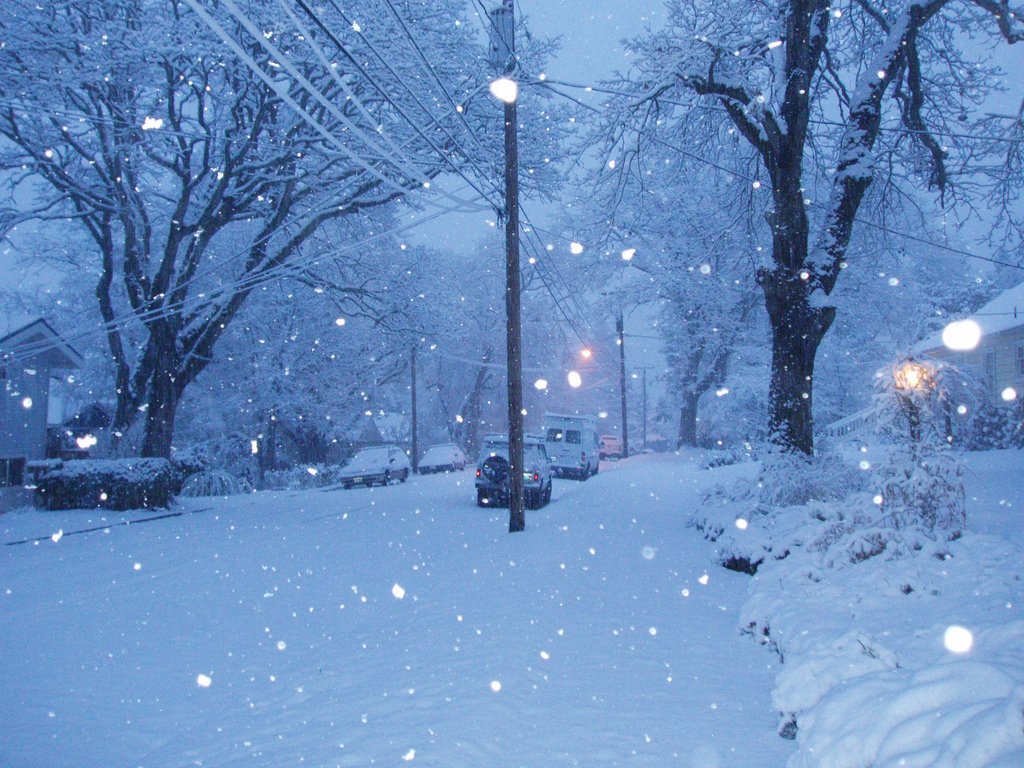Snow and Ice Injuries After Last Week’s NYC Storm From Slip and Fall Accident Lawyers

Winters in New York can lead to serious accidents on roadways and sidewalks. Snow on the sidewalks and roads are a major cause of slip and fall accidents that can lead to people suffering from severe injuries. 1 million Americans are injured due to slip and fall injuries annually. The risk of slip and fall injuries increases drastically in winters.
In 2014, there were around 42,480 workplace injuries from snow. These snow accidents lead to serious injuries, leaving the victim in pain that can result in medical costs, lost wages and permanent disabilities. If the fall is caused by the property owner’s negligence, then they are liable for your injuries.
Some of the common injuries from falls on snow and ice include-
- Knee injuries
- Leg fractures
- Spine injuries
- Traumatic brain injury
- Arm, wrist or hand fractures
- Whiplash injuries
Whether the snow filled area where you slipped was outside a retail store or was the property of your neighbor, the accident happened due to the negligence of the property owner because he/she didn’t take precautions to prevent icy surface from forming or didn’t remove the snow. If you have been injured in a slip and fall accident, you are entitled to receive final compensation for-
- Medical bills
- Loss of wages
- Pain and suffering
- Wrongful death costs
For decades, the expert personal injury lawyers at Frekhtman & Associates have helped clients across the state recover fair compensation for snow and ice injuries. If you or a loved one was seriously injured in an accident caused by snow and ice, call the expert attorneys at Frekhtman & Associates for a free case evaluation.
While some city dwellers worry about sliding into other cars when sheets of ice cover the streets, others can’t decide if they should leave their windshield wipers pointed up or down when parking their cars between snow storm flurries. However, most New Yorkers know that the most common safety threat is falling on a snow-covered sidewalk that a building owner or apartment landlord has failed to clear in a timely manner explains a NYC slip and fall accident lawyer at the F&A injury law firm in Manhattan.
Like people who are seriously injured in car accidents, those who fall on snow-covered sidewalks can suffer broken bones, spinal cord injuries, and even traumatic brain injuries. That’s why our city government requires rapid removal of snow and ice from sidewalks within four hours after each new daytime snowfall.
Always Report Dangerous Snow Pile-Ups to the Proper Authorities
If you fall or simply notice a major snow pile-up in front of your home or office, contact the building owner right away. Should you see snow piled high on public property, report it online. If excessive snow is located in a front of a school or police station, you can simply call 311. There’s even a downloadable NYC311 Mobile App to help you with all kinds of weather and other crises.
If you suffer serious slip-and-fall injuries, you’ll need to contact your New York personal injury attorney right away. He can tell you all about the insurance coverage that landlords must carry to compensate people for such accidents.
Here are some additional tips for staying safe and warm while you and other family members must walk or drive when snow storms visit our area.
General Driving & Safety Tips During Snowy Weather
- Don’t go out unless it’s an emergency or your boss won’t give you the day off;
- Carry special materials in your car in case you get stuck in the snow. Many a marooned driver has benefitted from keeping a bag of sand or cat litter in their car on snowy days. Pouring some of this material right in front of your tires can help provide them with the traction they’ll need to move forward on ice;
- Keep a full arsenal of important supplies in your car – and wear a heavy coat, boots, gloves, and a hat. The most basic car supplies include: A sturdy flashlight with extra batteries; ice scrapers and a snow brush, jumper cables, first-aid items, a heavy blanket; spare windshield wiper fluid, emergency flares and triangles, and anti-freeze. You should also carry a spare change of dry clothes – and plenty of drinking water and canned food in case you get trapped in your vehicle;
- Carry a fully charged cell phone and a portable charger;
- Dress your children properly. If they must go outside, always accompany them and dress them warmly in appropriate hats, gloves, and rubber boots;
- Avoid sitting in a running car for any long length of time. If you must do this, first check to be sure the tailpipe isn’t covered – otherwise, you can be harmed by carbon monoxide poisoning;
- Before any storm is due, check your oil level and fill your car up with gas. It’s also wise to purchase a spare set of windshield wiper blades that are kept inside the vehicle (not in the trunk).
Finally, always try to let someone else know when you’re heading out on any trip in the snow, whether on foot or in your vehicle. Even a brief text to a friend saying where you’re going and when you expect to return can help those who care about you – especially if you later appear to be missing due to an accident.



